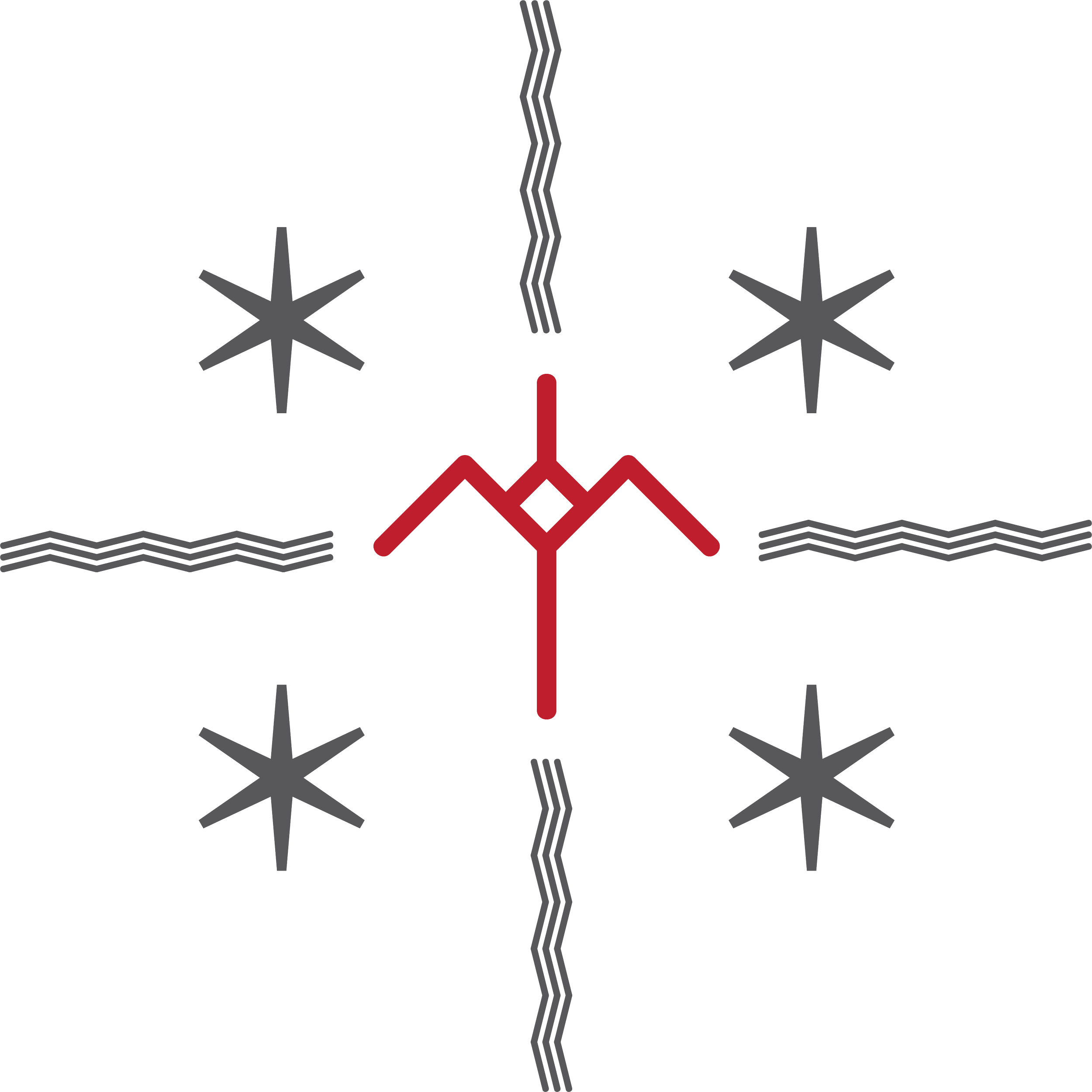Te Hiranga o ngā Toi Māori ki te ahurea Māori / The importance of Māori arts in Māori culture.
Tristan Marler (Te Rarawa/Te Aupōuri)
I mua i te taenga mai o te Pākeha, korekau tō tātou reo-ā-tuhi. Ehara tēnei i te tino tika. Ko ngā toi Māori tō tātou reo-ā-tuhi, pēnei i te kōwhaiwhai, te raranga, te tukutuku, te tāniko, te whakairo me te moko. E haeretahi ana ngā toi Māori ki tō tātou reo-ā-waha kia tautoko ai i ēra mea e rua.
Before the arrival of Europeans, we (Māori) didn’t have a written language. This isn’t exactly true. Māori arts & crafts are our written languages; just like kōwhaiwhai painting, weaving, tukutuku, tāniko, carving and moko (tattooing). Māori arts & crafts go side by side with our spoken language, in support of each other.
Tuatahi, mā ngā pūrākau ka mōhio tātou ki ō tātou hakapapa me ngā hakapapa o ngā mea katoa i roto i te ao Māori. Mā te mōhio o ngā pūrākau ka mārama tātou me pēhea tātou kia whai ai te ara tika me ngā matāpono pai. Mā te mārama o wēnei matāpono ka mātau tātou i tō tātou māoritanga, ā, ka taea e tātou wēnei mātauranga te tuku iho ki ngā uri e whai ake nei.
Firstly, from our creation stories, we know about our genealogy and the genealogies of all things in the Māori world. By knowing these stories we understand morals and values. Through this understanding we are fluent in our traditional knowledge and we are able to pass this on to future generations.
He tāngata whenua tātou, he tāngata taiao me kī. Ko ngā Ātua Māori te taiao, ā, ko te taiao ngā Ātua Māori. Mai i a Io Matua kore ki a Ranginui rāua ko Papatūānuku ki ā rāua tamariki maha tae noa ki a tātou, he takarangi tērā. Koinei te tohu o te orokohanga o te ao tukupū, mai i te kore ki te pō ki te whaiao, ki te ao mārama. Koinei tō tātou hononga ki tēnei hakapapa me ngā pūrākau i ahu mai i Aotearoa.
We are people of the land, people of the environment. Our gods are the natural world around us. From Io matua kore, to Ranginui the sky father and Papatūānuku the earth mother, to all their many children to us. This is a Takarangi (double spiral). This is a sign of the origin of the universe, from the void, to the night, to the creation of the natural world, to the world of light we inhabit now. This is our relationship to these genealogies and the creation stories born of Aotearoa.
Nō reira, ko ngā toi Māori ko tō tātou reo. E kawea te tirohanga Māori e ngā toi Māori. Inā ka kite tātou i tētahi whare hakairo, ka mōhio tātou, he whare tūpuna tērā. Ko ngā hakapapa, ngā hītori me ngā kōrero tuku iho o tērā Hapū i roto. Mā ngā taera rerekē o ngā mahi toi ka mōhio tātou ko wai tērā Iwi/Hapū, ā, nō tēhea rohe i te motu.
Inā ka kite tātou i ngā unaunahi ka mōhio tātou, ā, nō te tai tokerau tērā. He tohu tērā o ngā ngaru tapu e toru o Nukutawhiti me Ngāpuhi. Inā ka kite tātou i te taratara-ā-kae ka mōhio tātou, ā, nō Te Tai Rāwhiti tērā. He tohu tērā e hāngai ana ki te pūrākau o Kae rāua ko Tinirau. Inā ka kite tātou i te pūngāwerewere, me ngā upoko teitei ka mōhio tātou, ā, nō Taranaki tērā. He tohu tēra o te maunga tūpuna ko Taranaki. Kei ia o wēnei hakarākei he hakapapa, he pūrākau hei hakamārama ngā tāngata ko wai rātou, ko wai ngā tūpuna hakahirahira, he aha hoki ngā kōrero tuku iho.
Māori arts & crafts are our language. They carry the Māori world view. When we see a carved meeting house we know it’s an ancestral house, filled with genealogies, histories and ancestral knowledge of the hapū pertaining to a particular hapū (sub-tribe). From different styles (tribal) in Māori arts & crafts we know which Iwi/hapū they belong to and from which place in the country.
When we see unaunahi we know it’s from the northern region, relating to the three sacred waves of Nukutawhiti and Ngāpuhi. When we see taratara-ā-kae we know it’s from the east coast, corresponding to the story of Kae and Tinirau. When we see pūngāwerewere and a steeply pointed head we know it’s from Taranaki, speaking of the ancestral mountain, Taranaki. Each of these patterns has a genealogy, a corresponding creation story, giving understanding so people know who they are from, who the important ancestors are and what the ancestral knowledge is pertaining to that area.
Āianei, ko te oranga o ngā toi Māori e haeretahi ana ki te oranga o te reo Māori. I a tātou e ako ana i tō tātou reo Māori, ka whai wheako tātou i roto i tō tātou ao Māori. Ka ako tātou i ō tātou pūrākau. Ka rukuhia e tātou ō tātou hakapapa, ō tātou hītori nōki. Ko te hiranga o ngā toi Māori hei tautoko, hei hakakaha i tō tātou mātauranga Māori me tō tātou tuakiri Māori. Hei hakakapi i tēnei kōrero; "Te toi whakairo, ka ihiihi, ka wehiwehi, ka aweawe te ao katoa"
Nowadays, the wellbeing of Māori arts & crafts goes hand in hand with the wellbeing of the Māori spoken language. When we’re learning our language, we search for experiences in our Māori world. We learn our creation stories. We dive into our genealogies and histories. The importance of Māori arts & crafts is to support and strengthen our traditional Māori knowledge and our Māori identity. A proverb to conclude these thoughts; Māori art stirs, impresses and influences the whole world.
Nō reira, toi tū te ao Māori, toi tū te reo Māori, toi tū ngā toi Māori.
